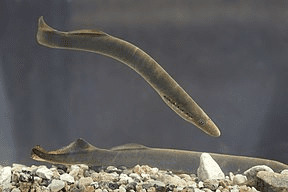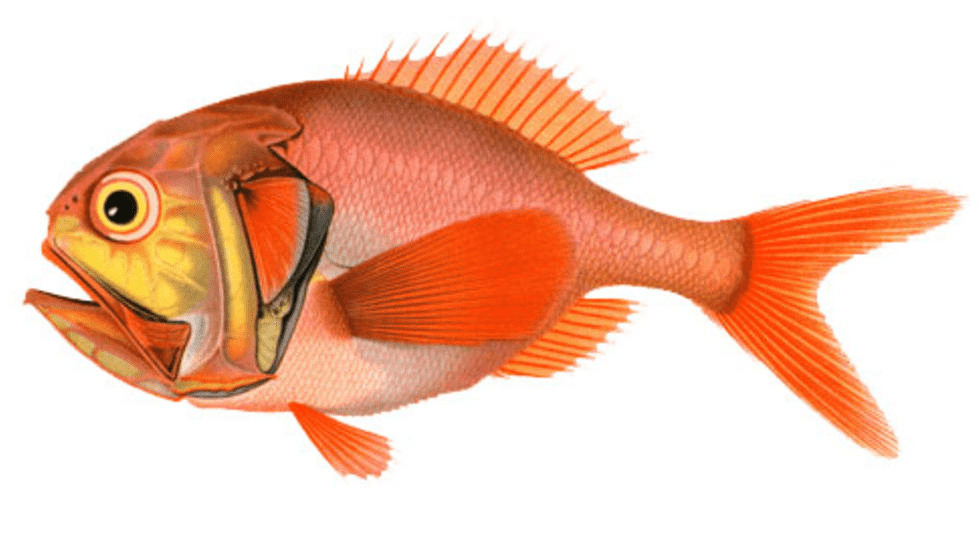Ichthyology is the branch of zoology devoted to the study of fishes. This includes skeletal fish (Osteichthyes), cartilaginous fish (Chondrichthyes), and jawless fish (Agnatha). While a majority of species have probably been discovered and described, approximately 250 new species are officially described by science each year.
According to Fish Base, 31,500 species of fish had been described by January 2010. There are more fish species than the combined total of all other vertebrates: mammals, amphibians, reptiles and birds.
The practice of ichthyology is associated with marine biology, limnology and fisheries science. Ichthyology, a subset of zoology, is the study of fishes. Zoology is a branch of biology, and ichthyology incorporates many elements of biology in its studies.
When people refer to the study of fishes, grammarians might note this as incorrect. It is correct because multiple species of fish are referred to as fishes. Modern fish are divided into three classes:
AGNATHA – primitive jawless fish. Lampreys and Hagfish
CHONDRICHTHYES – the jawed fish with cartilaginous skeletons. Sharks, Rays, Rat- Fishes
OSTEICHTHYES – fish with bony skeletons; Lungfish, Trout, Bass, Salmon, Perch, Parrot Fish.
Read Also: Introduction to Fish Nutrition
Procedure

Visit a nearby river survey the fish composition. Use the existing fish identification keys in identifying freshwater and marine species. Observe the countable traits such as gill rakers or number of dorsal fin spine to analysis the meristic analysis of fish and examine the size and shape using a measurable trait, such as standard length or wet weight, which can be gauged as a length, mass, angle or ratio of other measurements to determine the morphometric of different fish.
Prepare of different stock solution of formaldehyde for the preservation of different specimens (whole, fish, tissues, organs). When you follow a dichotomous key, your task becomes simpler if you use a few simple rules of thumb:
Read both choices in a couplet carefully. Although the first description may seem to fit your sample, the second may apply even better.
Keep rough notes telling what sequence of identification steps you took. This will allow you to double-check your work later and indicate sources of mistakes, if they have been made.
If you are unsure of which choice to make in a couplet, follow both forks (one at a time). After working through a couple of more couplets, it may become apparent that one fork does not fit your sample at all.
Work with more than one sample if at all possible. This will allow you to tell whether the one you are looking at is typical or atypical. This is especially true when working with plants – examine more than one leaf, branch, cone, seed, flower, etc.
When you have keyed out an organism, do not take your effort as the final result. Double-check your identification scheme, using your notes.
When reading a couplet, make sure you understand all of the terms used. The best keys will have a glossary of technical terms used in the key. If a glossary is unavailable, find a good reference work for the field (textbook, biological dictionary, etc.) to help you understand the term. A key has been provided with this activity.
When a measurement is indicated, make sure that you take the measurement using a calibrated scale. Do not “eyeball” it or take a guess.
Read Also: Signs and Diseases Ruminant Animals (Livestocks) get from Feeds and Water
In summary, Ichthyology is the study of fishes. It’s pronounced ick-thee-O-lo-gee. Scientists who study ichthyology are called ichthyologists. Can you guess how many kinds of fishes have ever been discovered? The answer is around 27,000 … so far! But new species of fish are found all the time. For example, in 2016, ichthyologists found a whole new kind of fish in the Amazon River.
That’s one reason why ichthyologists study fishes: we’re not even done counting them yet. You should be able at least identify and count the fish species in your surrounding rivers, lakes, streams and marine environment.
Read Also: 12 Management Tips for better Poultry Performance Potential

